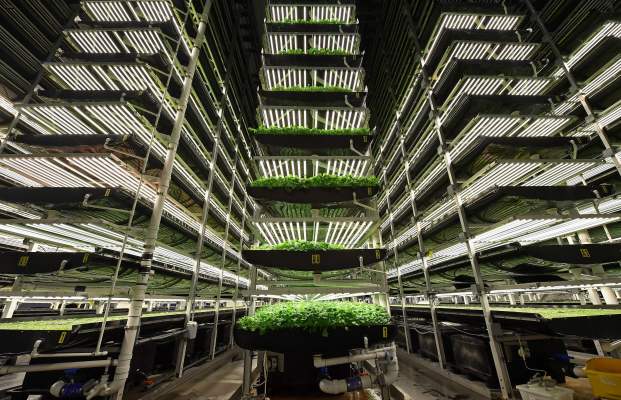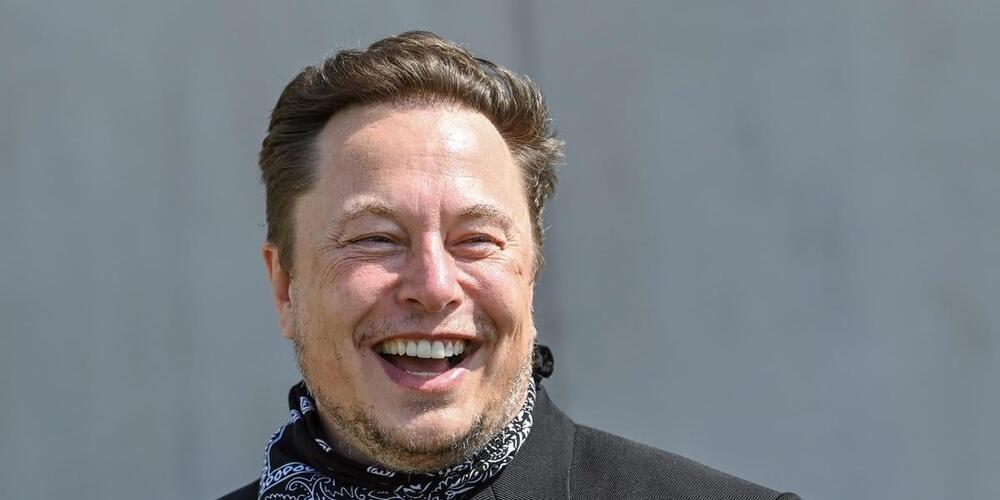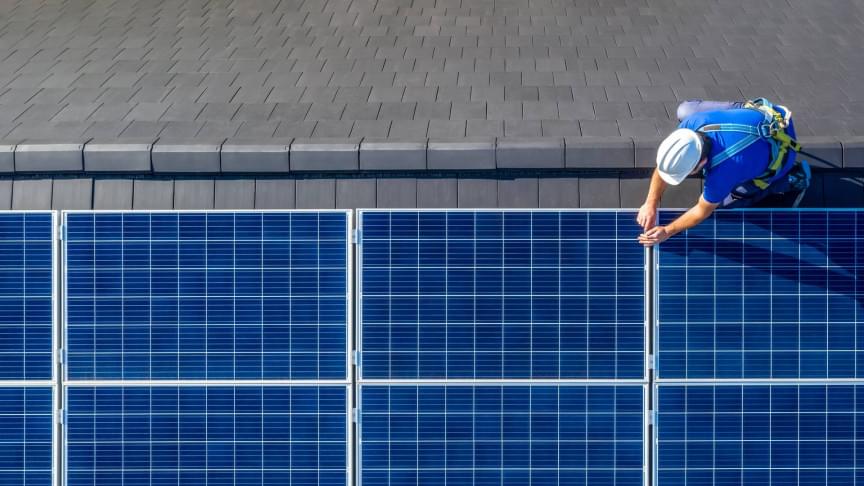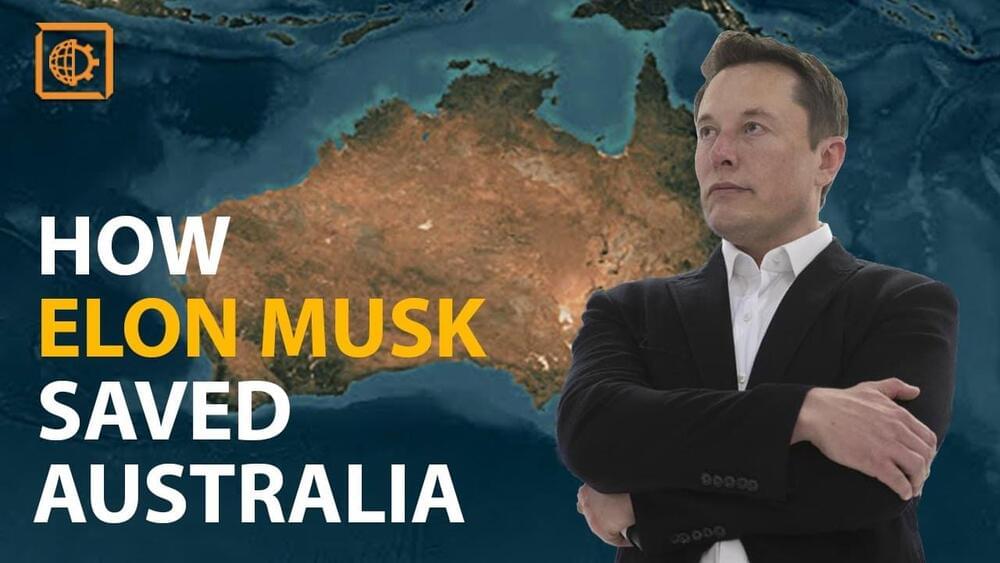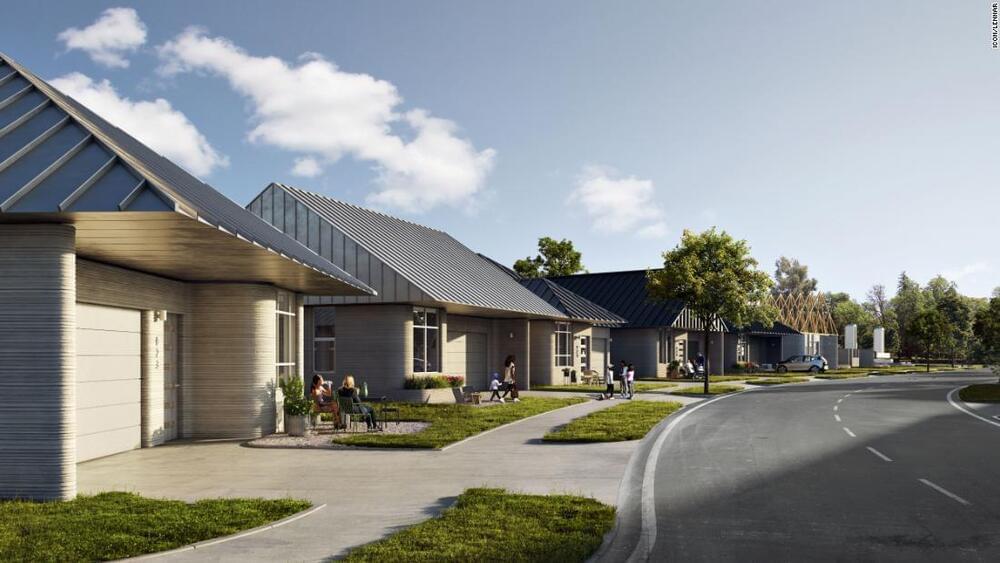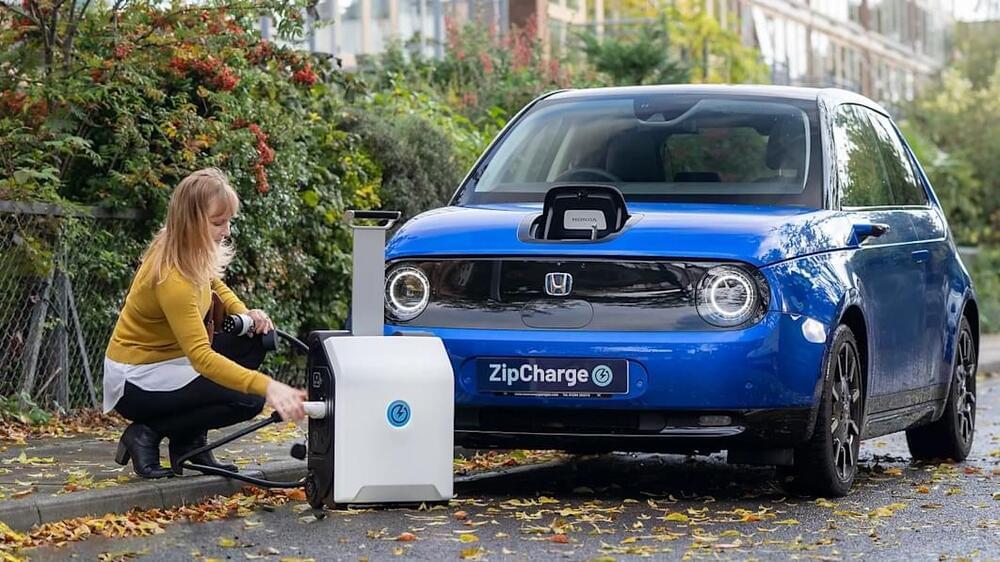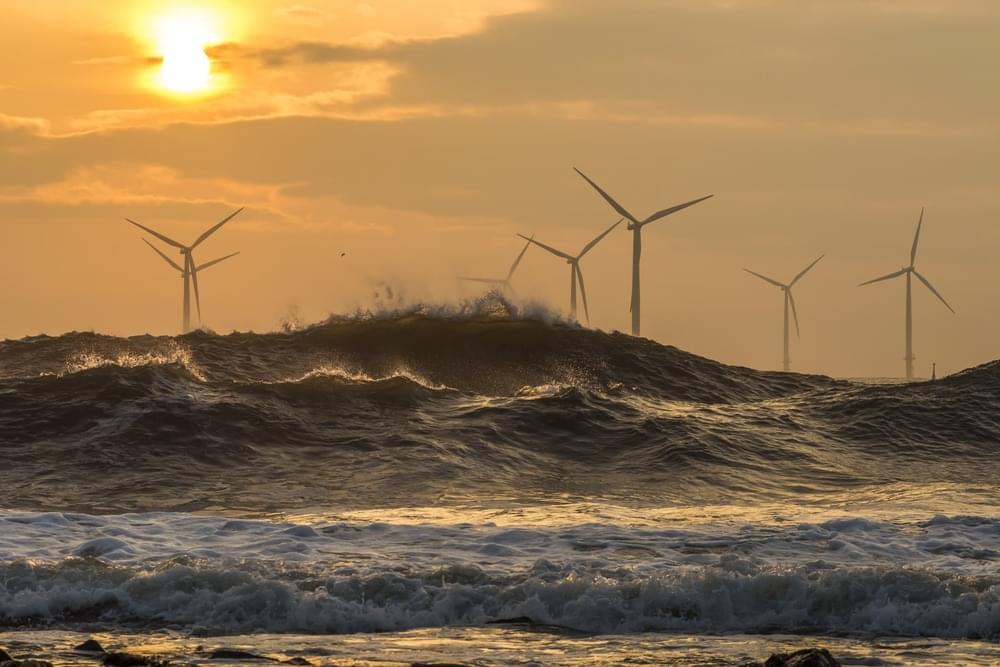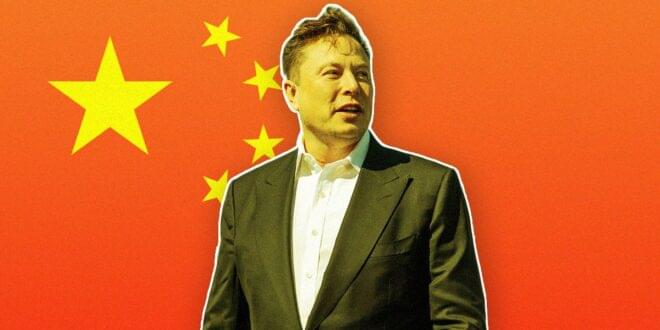Last week, TechCrunch ran my TC-1 about Bowery Farming. What began as a piece about a heartily financed New York startup ballooned into an exploration about an emerging field with a rich and fascinating history. I sought to answer some big questions about the efficacy, profitability and sustainability of vertical farming. I would be lying if I told you that I emerged from the other side with satisfactory answers — no doubt all of the above will be clear over time.
I did, however, get the opportunity to talk to several fascinating folks with myriad views on all of the above. One of the folks I kept coming back to was Dickson Despommier — widely regarded as the godfather of vertical farming. It was in his Columbia University courses that many of the fundamental concepts around vertical farming were developed over a number of years.
